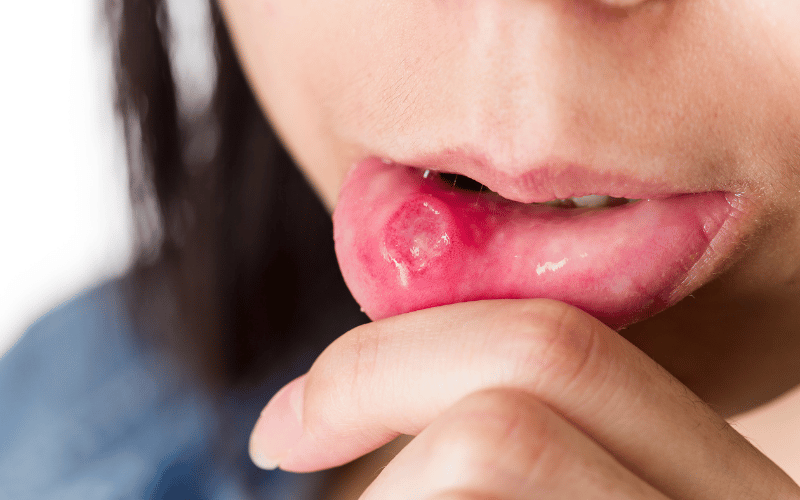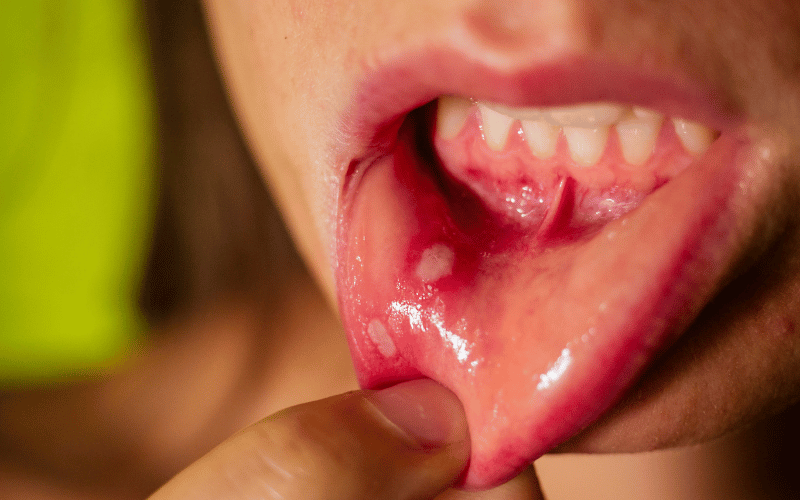Introduction: The Mysterious World of Aphthous Stomatitis

Aphthous stomatitis might sound like a term that belongs in a complex medical textbook. However, for many worldwide, it’s more than just an intricate name. It’s an uncomfortable reality, a pesky occurrence that brings with it a world of discomfort, unease, and sometimes, confusion.
Imagine going about your day, indulging in your favorite foods, or preparing for an important presentation, only to be disrupted by painful sores in your mouth. These aren’t just random blisters; they have a name and a distinct set of symptoms that set them apart from other oral health issues. They are the protagonists of our narrative today – the ulcers caused by aphthous stomatitis.
Now, why is it essential to talk about this condition, you ask? The simple answer is awareness. The more you know about a topic, especially one related to health, the better equipped you are to deal with it. And with aphthous stomatitis, early recognition can be a game-changer.
But before we delve into its symptoms, it’s crucial to clear the air about what it isn’t. Aphthous stomatitis is not your run-of-the-mill cold sore. It’s not something that’s contagious. And it’s definitely not a condition that can be shrugged off as “just another mouth ulcer”. This ailment has layers, and understanding each layer can help affected individuals approach it more pragmatically.
Symptom 1: Painful Ulcers in the Mouth

When we discuss aphthous stomatitis, the most prominent and distinguishing feature that comes to mind is painful ulcers. These aren’t your everyday blisters; they have depth and a stinging presence. Found on the insides of cheeks, beneath the tongue, or even on the soft palate, their appearance is quite characteristic. Round in shape, they boast a white or yellowish center that’s surrounded by a fiery halo of redness. It’s like a warning sign, signaling to its host that all is not well inside the mouth.
This pain isn’t subtle. It’s a sharp reminder every time you speak, eat, or even just move your tongue. It affects everyday life, turning routine tasks into hurdles. Why does this happen? The ulcer, in essence, is a break in the mucosal layer inside your mouth. This exposes nerve endings, making them vulnerable to stimuli, leading to that sharp, uncomfortable pain.
Dietary choices can aggravate the situation. Acidic foods, for instance, can intensify the pain, turning an already sensitive area into an intense hotbed of discomfort. Salt, spice, and even some toothpastes can exacerbate the feeling. (1)